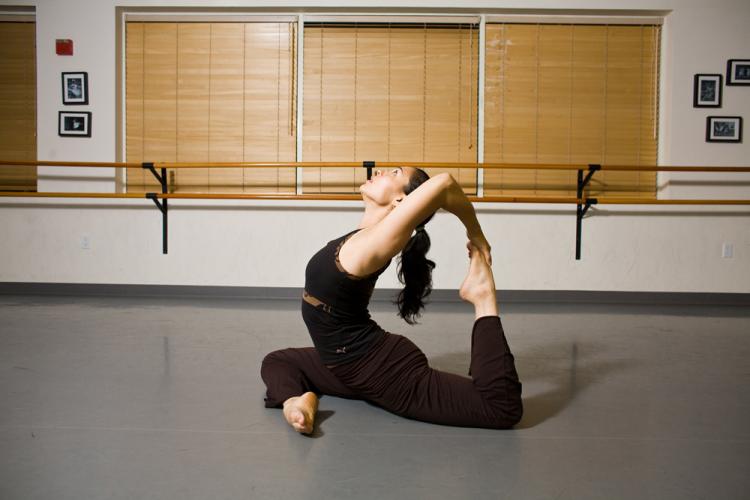As we age, flexibility is one of the first things we lose. Without a regular flexibility program, your stride shortens and lifting heavier objects becomes more tedious. All of this can be improved with a good, solid flexibility program.
Stretching will also help promote better posture. By opening your joints, freeing your muscles, and creating more mobility, you will not only improve your circulation, you will create the space needed in your body to stand taller. Also, with improved posture and range of motion, one finds that their balance gets better. With more mobility, greater range of motion and better circulation, comes a higher sense of well-being, and with a higher sense of well-being comes less stress.
There are a number of forms of stretching.
Static Flexibility:
In static stretching, you are working with how much range of motion your joint and surrounding muscles will allow while remaining passive. It requires no voluntary muscular activity but rather the use of an external force such as your body weight, a partner, or machines to push you into the stretch. Hold each stretch for 10 to 30 seconds.
Dynamic Flexibility:
Dynamic flexibility refers to how much range of motion you have during active movements. For example, if you kick your leg up toward your nose as high as it can go, you are dynamically stretching the back of your leg. Often times, dynamic stretching is used to help warm an athlete up by allowing them sport-specific flexibility when the movements are designed to open up the areas needing full range of motion during their event.
Proprioceptive Neuromuscular Facilitation Stretching (PNF):
This form of stretching is often done with a partner and involves both the stretching and contracting of the muscle group being targeted. Although it is a very effective form of stretching, one should take the time to warm-up the body before jumping into it.
Although there are three forms of PNF stretching, the most common and effective form is referred to as “hold-relax.”
Hold-relax: Begin with a passive stretch of the muscle group you’re targeting to the point of mild discomfort. Hold the stretch for ten seconds.
Then have a partner apply force in the opposite direction of the stretch while you resist against it for six seconds. Then relax and hold another passive stretch for 30 seconds.
PNF stretching has been found to be effective because when you contract a muscle prior to stretching it, the body responds by relaxing the muscle as it is being stretched.
The American Academy of Sports Medicine suggests stretching two to three times per week. Stretch each muscle to the point of mild discomfort and practice stretching statically (with a 10 to 30 second hold) followed by the PNF hold-relax technique. Repeat each stretch three to four times. This, of course is a general guideline. If you stress certain muscles on a daily basis, then it is a good idea to stretch those muscles daily as well. So stretch! It does a body good!








Friends Read Free